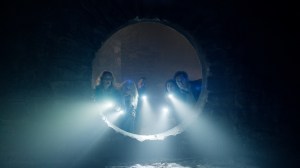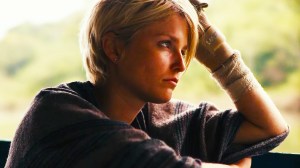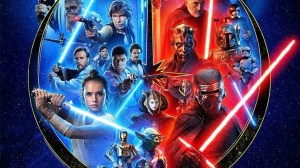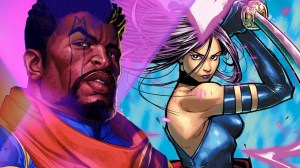The Hunger Games author Suzanne Collins made quite the splash on Thursday morning, announcing that a fifth installment in her popular dystopian franchise is on the way. The Hunger Games: Sunrise on the Reaping is hitting book stores in March of next year, telling the story of Panem’s second Quarter Quell (aka the game Haymitch Abernathy won). It didn’t take long after the book was announced for Lionsgate to reveal that a movie adaptation has already been given the green light, and will be in theaters in 2026.
Videos by ComicBook.com
With The Ballad of Songbirds and Snakes making big waves in theaters just a handful of months ago, Hunger Games fans are certainly in the midst of an exciting time. The franchise hasn’t been this prominent for nearly a decade and now it doesn’t seem to be slowing down any time soon.
With that in mind, it felt like a good time to think back on the Hunger Games movies that have already arrived, especially since we haven’t done this since before Songbirds and Snakes premiered.
How does the new prequel stack up against the original films? Which Hunger Games movie reigns supreme? Let’s find out!
5. The Hunger Games: Mockingjay – Part 1 (2014)

A lot of book-to-movie adaptation franchises decided to split the final book into two separate films. Most of the time, however, that isn’t at all necessary. The Hunger Games is one of those situations.
Mockingjay isn’t a terribly long book. Sure, a lot happens, but it happens at breakneck speed. That’s what makes the book so effective. Splitting the story into two movies makes Mockingjay feel a lot more drawn out, and a lot less interesting.
Part 1 spends a lot of time in District 13, with the characters hanging out in an underground bunker until it’s time for Katniss to shoot a propaganda promo. For more than two hours, hardly anything happens. The important events here could’ve easily been trimmed down to 30-40 minutes and added to everything that takes place in Part 2.
4. The Hunger Games: Mockingjay – Part 2 (2015)

Mockingjay – Part 2 is a big step up from Part 1, but it isn’t quite as good as the first two films in the franchise. Even though this final installment is packed wall-to-wall with action, it’s still exhausting by the time all is said and done.
Again, so much of Mockingjay‘s faults boil down to the runtime. Nearly five hours are spent with the third chapter of this Katniss Everdeen saga, which is by far the darkest chapter of her entire story. Collins’ novel is just as dark as the films (if not darker), but it moves so efficiently that it doesn’t wear you out. The films could’ve used that same efficiency.
That said, there’s still a lot to love about the final Hunger Games movie. It’s bleak and sometimes sad, but all of that darkness has a point. The films never shy away from what Collins was trying to say with that wallop of an ending, they just take a lot longer to get to the point.
3. The Hunger Games (2012)
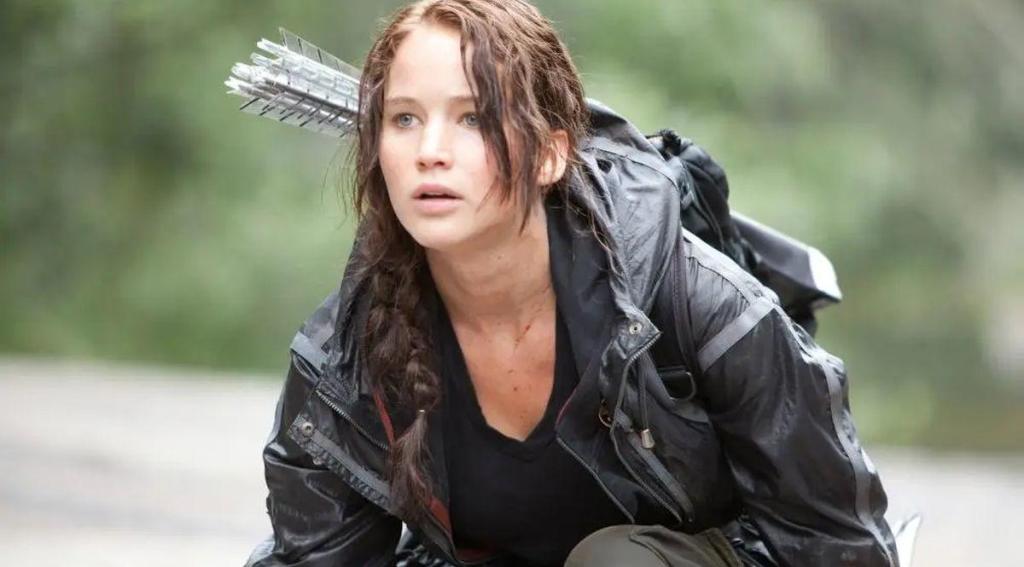
Coming on the heels of both Harry Potter and Twilight, The Hunger Games had its work cut out for it. Yes, it’s a very different story than those others, but the big budget YA franchises could’ve faced some real fatigue. The Hunger Games arrived and became a force to be reckoned with, setting itself apart from its predecessors and doing justice to Collins’ bestselling books. It also succeeded in making Jennifer Lawrence a household name almost overnight.
The first Hunger Games movie is the simplest of the bunch, focusing solely on Katniss and Peeta’s war in the actual games, before things shifted to the actual war taking place in the real world.
Seeing the Arena brought to life in such a tactile and exciting way set the stage for this entire franchise to succeed. So much of what Collins wrote translates well to the screen adaptation, though the movie trims a lot off of the book it’s adapting. It’s the polar opposite of the issues that plague the Mockingjay films.
2. The Ballad of Songbirds and Snakes (2023)
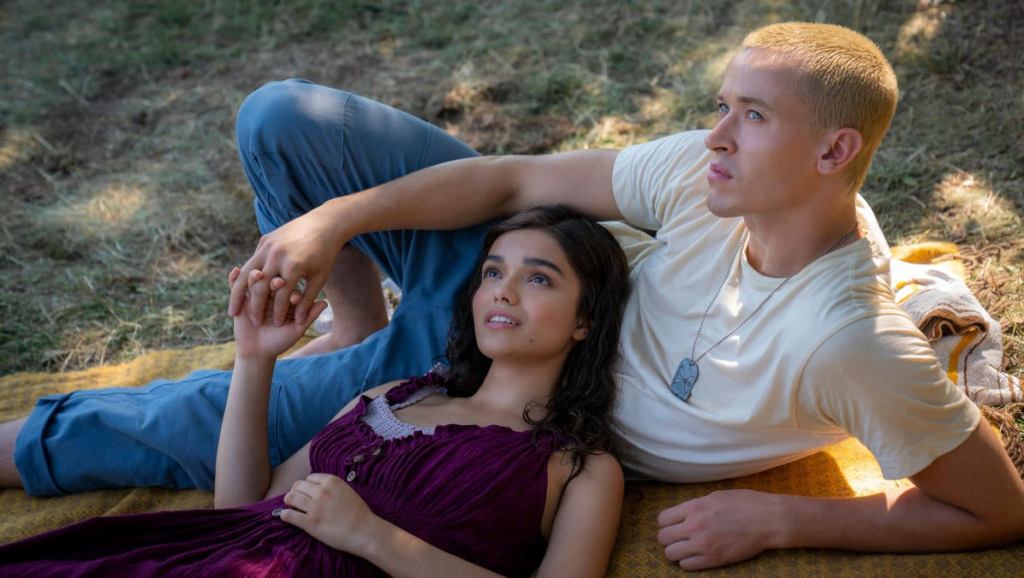
When Suzanne Collins first announced that she was releasing a prequel book about Coriolanus Snow, I’m not sure I could’ve been less excited. It didn’t make sense why, after a decade, that was the story that brought her back to the Hunger Games. I’ve never been so happy to have been so wrong. The Ballad of Songbirds and Snakes is one the best — maybe the best — in the entire series, and the film adaptation was able to replicate that quality on the screen.
The young version of Snow is a fascinating character, desperately seeking power and acceptance when his heart longed for love, forced to constantly choose between the two. Tom Blyth played the character to perfection. And as the effervescent Lucy Gray Baird, Rachel Zegler stole the entire show — and our hearts in the process.
It’s also clear that Francis Lawrence learned a lot from the splitting of Mockingjay. You could argue that Songbirds and Snakes is maybe the only Hunger Games book that could warrant two entire films, but the creative team did such an effective job of trimming fat where it was needed and delivering a saga that felt as though it never stopped moving.
1. The Hunger Games: Catching Fire (2013)

None of the other Hunger Games films can quite stack up to Catching Fire. No disrespect to Gary Ross, but Francis Lawrence makes it clear very early on that he’s the right filmmaker for the franchise. There’s a reason he’s helmed every Hunger Games movie since 2013 (and is reportedly in talks to direct Sunrise on the Reaping).
The action in Catching Fire pops off the screen in a way it never does in the first Hunger Games. Everything is clearer, more precise, and immensely more entertaining. Even simple sequences of life in District 12 are made more enticing by Lawrence’s eye.
Catching Fire is also the best of Collins’ book trilogy, so the film had a lot of great material to work with. Some of the best characters are introduced in Catching Fire, and the ingenuity of Plutarch’s clock arena is one of the most impressive book-to-screen adaptations I can remember. The film nails all of the toughest elements of the text and has a lot of fun while doing it.
It’s impossible to talk about Catching Fire without at least giving a shout-out to the late Philip Seymour Hoffman, who brings a certain gravitas to the franchise with Plutarch Heavensbee that no one else could. His calm, concise line deliveries make every moment feel powerful and important.

